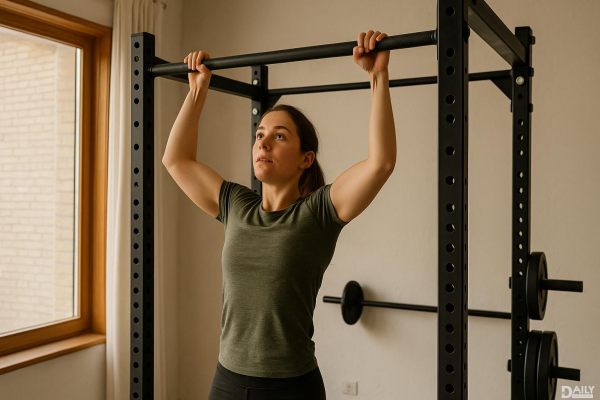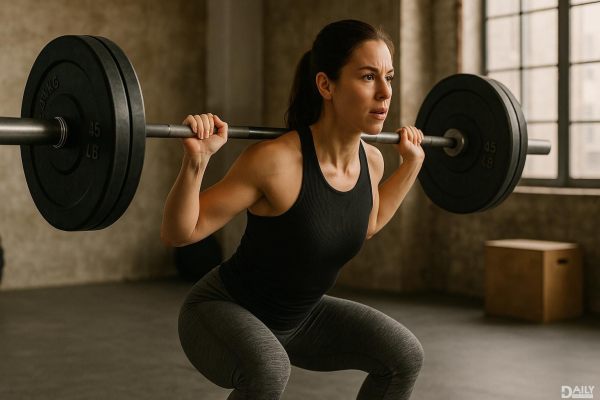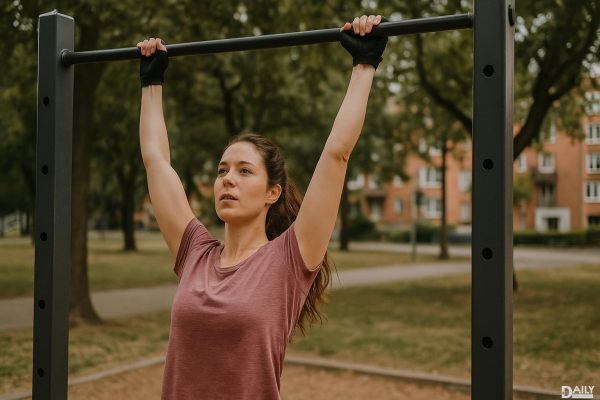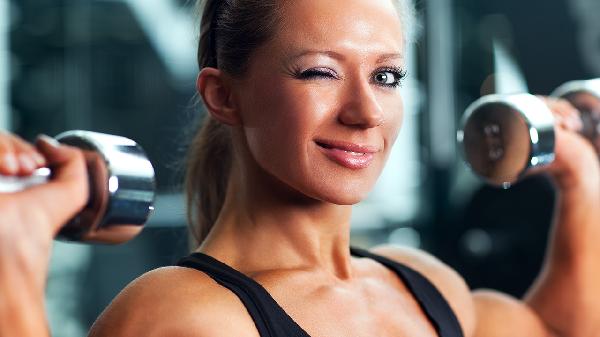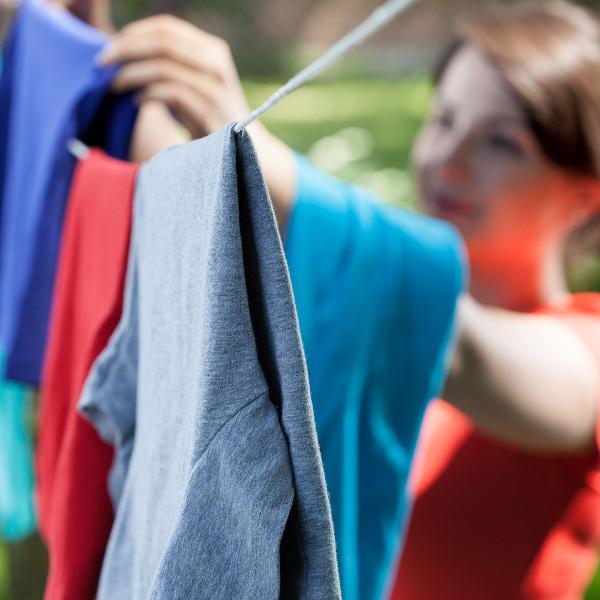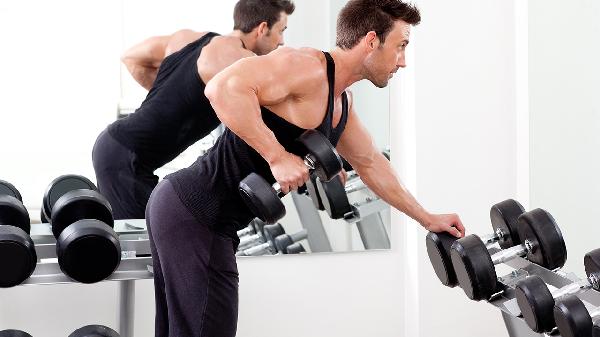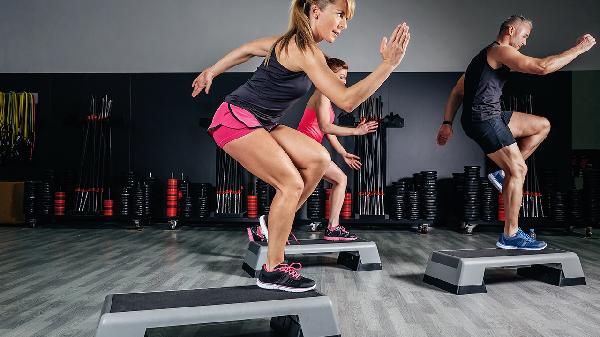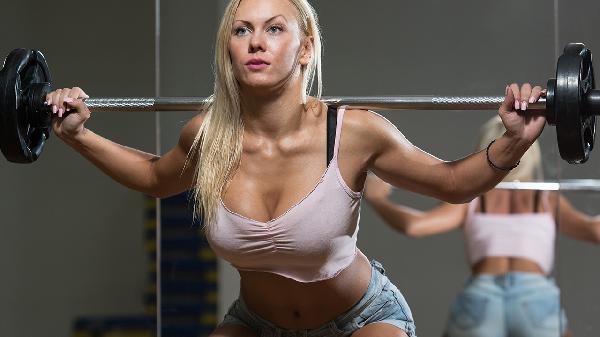Finding the perfect barbell for your home gym isn't just about grabbing the first shiny one you see—it's about matching your fitness goals, space, and lifting style. Whether you're into powerlifting, Olympic lifts, or just want a solid bar for general strength training, the right barbell can make or break your workout. Let's break down the key factors so you can pick the ideal size and weight without wasting cash on something that'll collect dust in the corner.
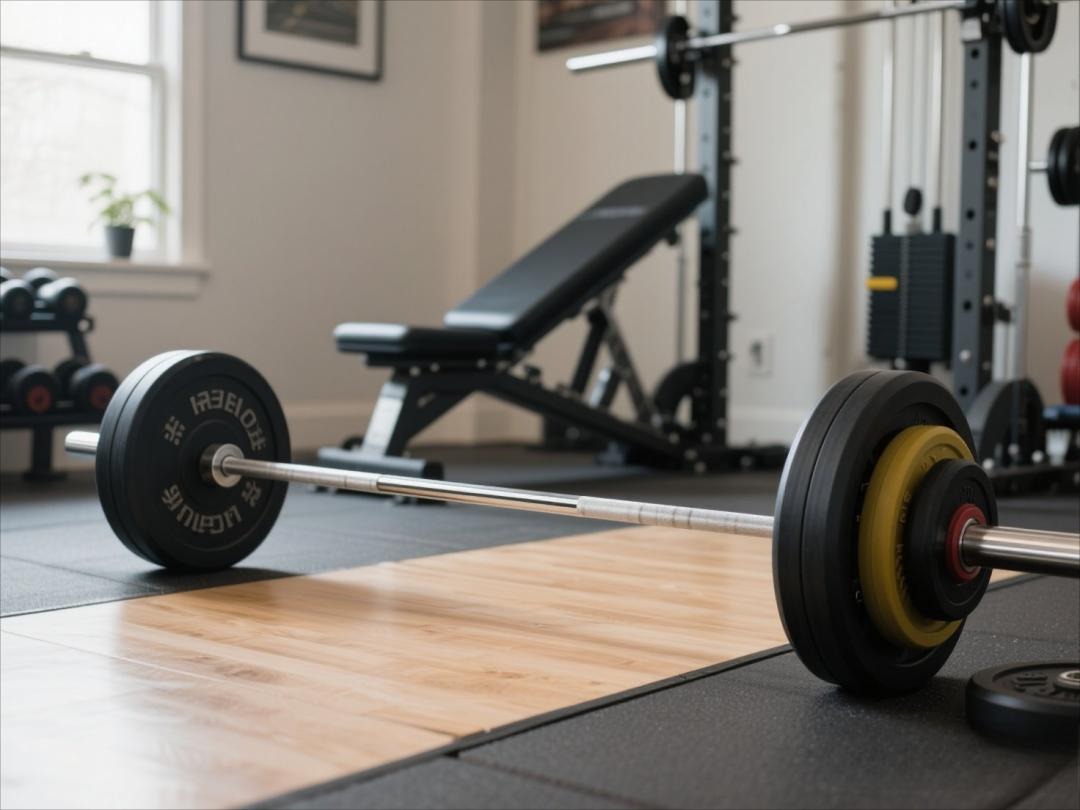
Not all barbells are created equal. Olympic bars (used in weightlifting) are whippy and spin smoothly for snatches and cleans, while powerlifting bars are stiffer with aggressive knurling to handle heavy squats and deadlifts. Standard bars (1-inch diameter sleeves) are cheaper but won’t fit Olympic plates—great for beginners on a budget, but limiting if you plan to upgrade later. Hybrid bars try to do it all, but if you're serious about specific lifts, go specialized.
A full-sized Olympic bar runs 7.2 feet—ideal if you’ve got space, but overkill for small home gyms. Shorter bars (5-6 feet) save room and still handle decent weight, though they’ll feel cramped for wide-grip lifts. Women’s bars are typically 6.6 feet with a slimmer grip diameter (25mm vs. 28-32mm for men’s). Pro tip: Measure your rack or bench width first—nothing worse than a bar that doesn’t fit your equipment.
Men’s Olympic bars weigh 45 lbs (20kg), women’s 35 lbs (15kg), and technique bars (for beginners) can be as light as 15 lbs. But don’t overlook the bar’s load capacity—cheap bars might bend under 300 lbs, while high-end ones handle 1,500+ lbs. If you’re deadlifting heavy, look for a bar with tensile strength over 190k PSI. And yeah, those "20lb" bars at big-box stores? They’re often closer to 18lbs—always check reviews for actual specs.
Aggressive knurling (those rough diamond patterns) helps grip during heavy pulls but can shred your hands if you’re not calloused up. Moderate knurling works for most lifters, while passive knurling suits CrossFit or high-rep work. Dual knurling (different patterns on squat vs. deadlift zones) is a sweet spot for mixed training. Hate chalk mess? Some bars have cerakote coatings—just know they’re slightly slicker than bare steel.
If you’re doing cleans or snatches, sleeve spin matters—look for needle bearings (best spin) or bronze bushings (decent spin, more durable). Powerlifters can skip this; tight sleeves actually help stability during heavy squats. Collar types matter too: spring clips are quick but fail under violent lifts, while screw-down collars (or even better, competition-style clamps) lock plates securely.
A $100 bar might seem tempting, but if the sleeves wobble after six months, you’ll regret it. Mid-range ($200-$300) gets you decent steel and warranty—ideal for most home gym warriors. Splurge on specialty bars (deadlift, Swiss, etc.) only if you’ve mastered the basics. One exception: If you train outdoors, stainless steel bars resist rust better than coated ones, justifying the higher price.
At the end of the day, the perfect barbell matches how you actually train—not just what looks cool on Instagram. Test bars at a local gym if possible, and remember: A quality bar lasts decades, so think long-term. Now go lift something heavy.
